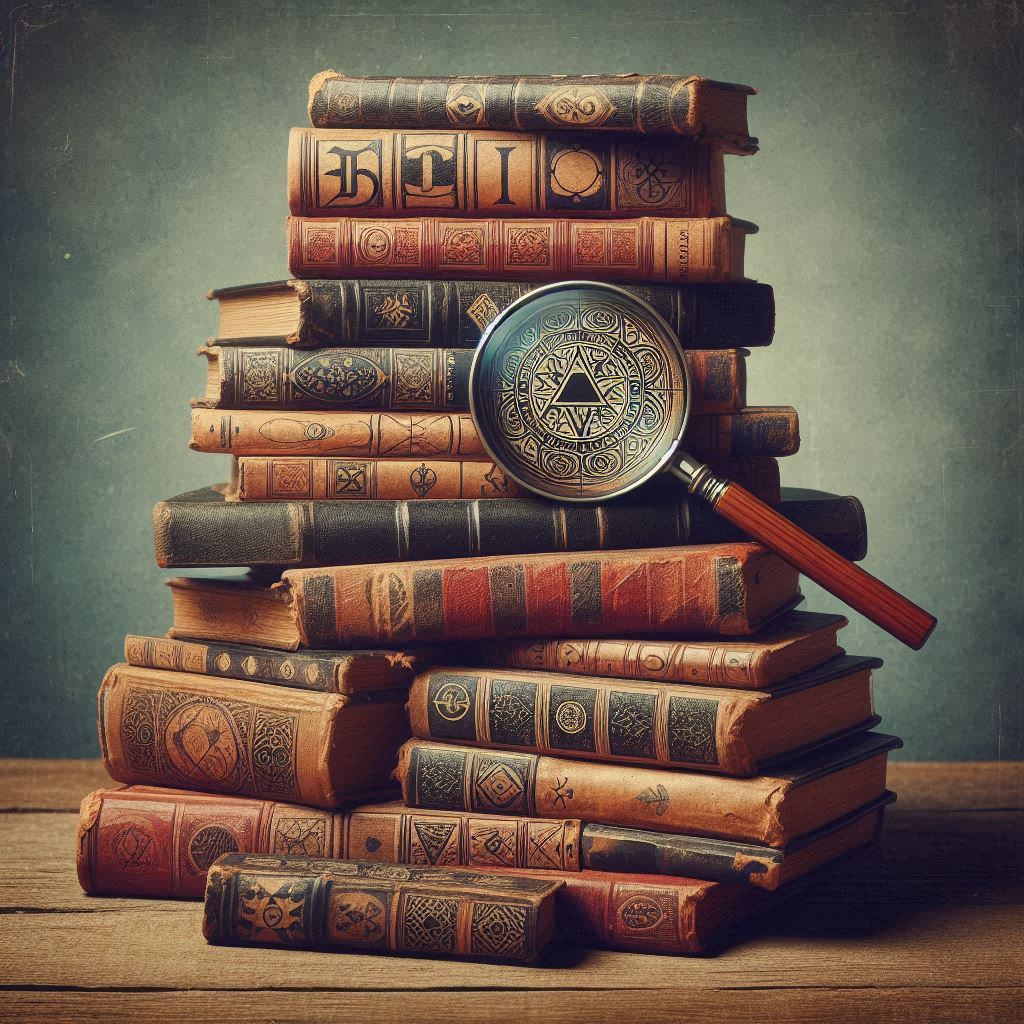Introduction
Symbolism is a powerful literary device that authors use to imbue their works with deeper meanings, emotions, and themes. By using symbols, writers can convey complex ideas and concepts in a more nuanced and layered manner. This article explores the role of symbolism in literature, its significance, and how it enhances storytelling.
Thank you for reading this post, don't forget to subscribe!Understanding Symbolism
What is Symbolism?
Symbolism is the use of symbols to represent ideas or qualities beyond their literal sense. A symbol is an object, character, figure, or color that is used to represent abstract concepts or themes. Symbolism can be overt or subtle, enriching the text and inviting readers to look beyond the surface.
Types of Symbols
- Objects: Common objects like a rose, a skull, or a mirror can symbolize broader themes such as love, death, or self-reflection.
- Characters: Characters can embody symbolic roles, representing ideas like heroism, evil, or innocence.
- Colors: Colors often carry symbolic meanings, such as red for passion, white for purity, or black for evil.
- Actions: Actions or events within a story can also be symbolic, representing larger concepts such as freedom, betrayal, or sacrifice.
The Importance of Symbolism in Literature
Adds Depth and Layers
Symbolism adds depth to a story, allowing authors to convey multiple layers of meaning. Readers can interpret these layers in different ways, making the story richer and more engaging.
Enhances Themes
Symbols help to reinforce and highlight the central themes of a literary work. By recurring throughout the text, symbols can subtly underscore key messages and ideas.
Evokes Emotions
Symbols can evoke emotions and create a mood that resonates with readers. They can also provoke thought and reflection, leading to a more immersive reading experience.
Encourages Interpretation
Symbolism invites readers to engage with the text on a deeper level, encouraging them to interpret and analyze the underlying meanings. This interaction can lead to a more personal and impactful reading experience.
Techniques for Using Symbolism
Choose Meaningful Symbols
Select symbols that have a clear connection to the themes and messages you want to convey. The symbol should be meaningful and relevant to the story’s context.
Be Subtle
Effective symbolism is often subtle, allowing readers to discover the deeper meanings on their own. Avoid heavy-handed or obvious symbols that can feel forced or contrived.
Use Recurring Symbols
Repetition of symbols throughout the narrative can reinforce their significance and create a cohesive theme. Recurring symbols can build a stronger connection between the symbol and its associated meaning.
Integrate with the Plot
Ensure that symbols are integrated naturally into the plot and character development. Symbols should not feel out of place or disconnected from the story.
Layer Meanings
Symbols can carry multiple meanings, adding complexity to the narrative. Consider how a single symbol can represent different ideas depending on the context in which it appears.
Examples of Symbolism in Literature
The Great Gatsby by F. Scott Fitzgerald
In The Great Gatsby, the green light at the end of Daisy’s dock symbolizes Gatsby’s unattainable dreams and the elusive nature of the American Dream. The light represents hope, longing, and the future that Gatsby desires but can never attain.
To Kill a Mockingbird by Harper Lee
The mockingbird in To Kill a Mockingbird symbolizes innocence and the destruction of innocence. Characters like Tom Robinson and Boo Radley are metaphorical mockingbirds—innocent individuals harmed by societal prejudice and injustice.
Moby-Dick by Herman Melville
In Moby-Dick, the white whale symbolizes different things to different characters, such as obsession, the unknown, and nature’s power. Captain Ahab’s pursuit of the whale represents a deeper struggle against fate and the human condition.
The Scarlet Letter by Nathaniel Hawthorne
The scarlet letter “A” in The Scarlet Letter symbolizes various themes, including sin, guilt, and redemption. Hester Prynne’s transformation over the course of the novel changes the meaning of the letter from a mark of shame to a symbol of resilience and strength.
Common Symbols and Their Meanings
Colors
- Red: Passion, love, danger, anger
- White: Purity, innocence, peace
- Black: Death, evil, mystery
- Green: Nature, growth, envy, fertility
- Blue: Calm, sadness, stability
Objects
- Rose: Love, beauty, transience
- Mirror: Self-reflection, truth, vanity
- Water: Life, cleansing, change
- Fire: Destruction, passion, rebirth
Animals
- Dove: Peace, innocence, the Holy Spirit
- Snake: Evil, temptation, transformation
- Lion: Courage, power, royalty
- Raven: Death, prophecy, intelligence
FAQs
How do authors choose symbols for their stories? Authors choose symbols based on the themes and messages they wish to convey. The symbol should have a natural connection to the story and resonate with the intended meaning.
Can a symbol have multiple meanings? Yes, a symbol can carry multiple meanings depending on the context. This adds complexity to the narrative and allows for different interpretations.
How can I identify symbols in a text? To identify symbols, look for recurring objects, characters, or colors that seem to have significance beyond their literal meaning. Consider how these elements relate to the themes and messages of the story.
What is the difference between symbolism and metaphor? Symbolism involves using an object, character, or action to represent a larger idea or theme. A metaphor is a figure of speech that directly compares two unrelated things, suggesting they are alike in a specific way.
Is symbolism necessary in literature? While not necessary, symbolism enriches a literary work by adding depth and layers of meaning. It allows authors to convey complex ideas and engage readers on a deeper level.
Can symbols change meaning over the course of a story? Yes, the meaning of a symbol can evolve over the course of a story, reflecting changes in characters, themes, or the narrative itself.
Conclusion
Symbolism is a powerful tool in literature that adds depth, evokes emotions, and enhances the themes of a story. By carefully selecting and integrating symbols, authors can convey complex ideas and create a more engaging and thought-provoking narrative. Understanding and appreciating symbolism can enrich your reading experience and inspire your writing, allowing you to craft stories with greater depth and meaning.



